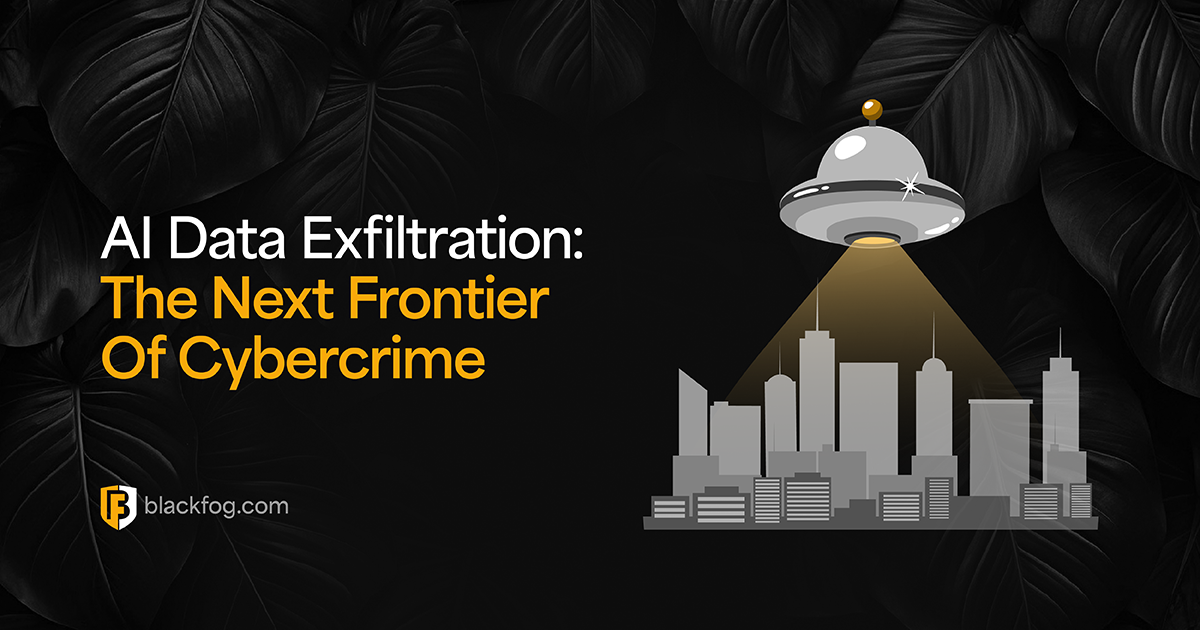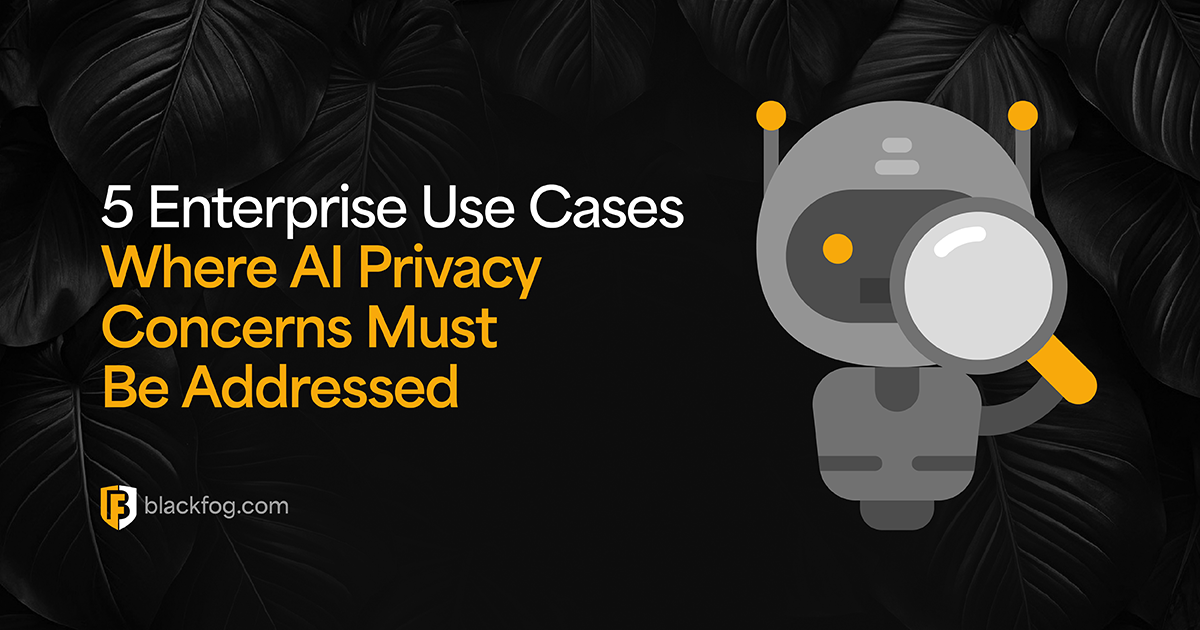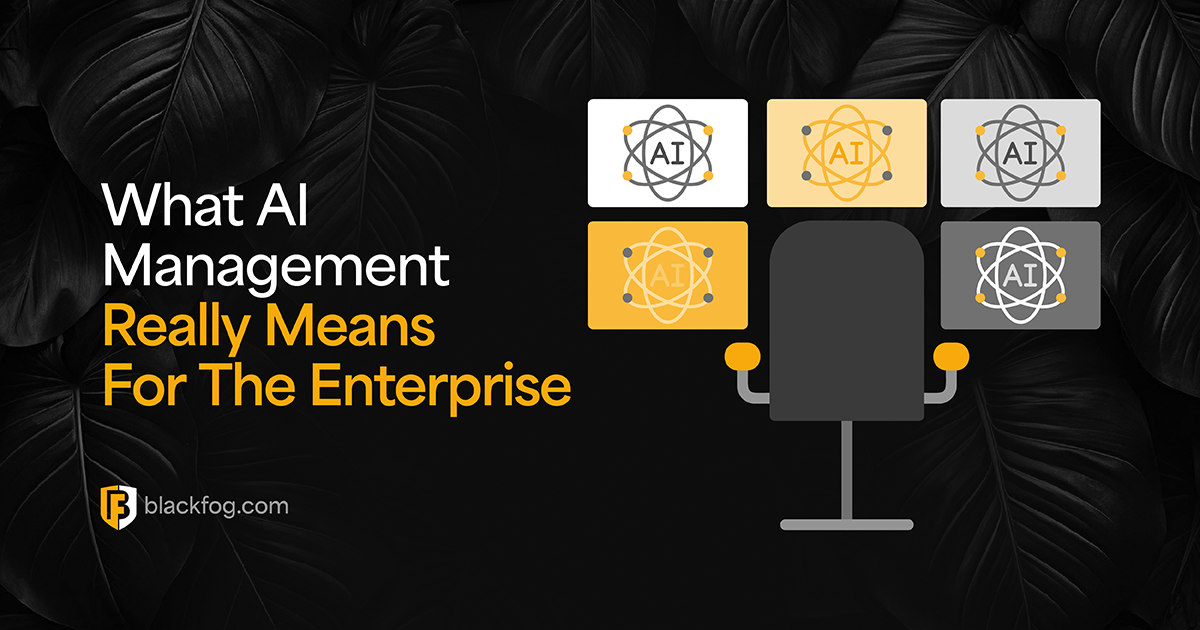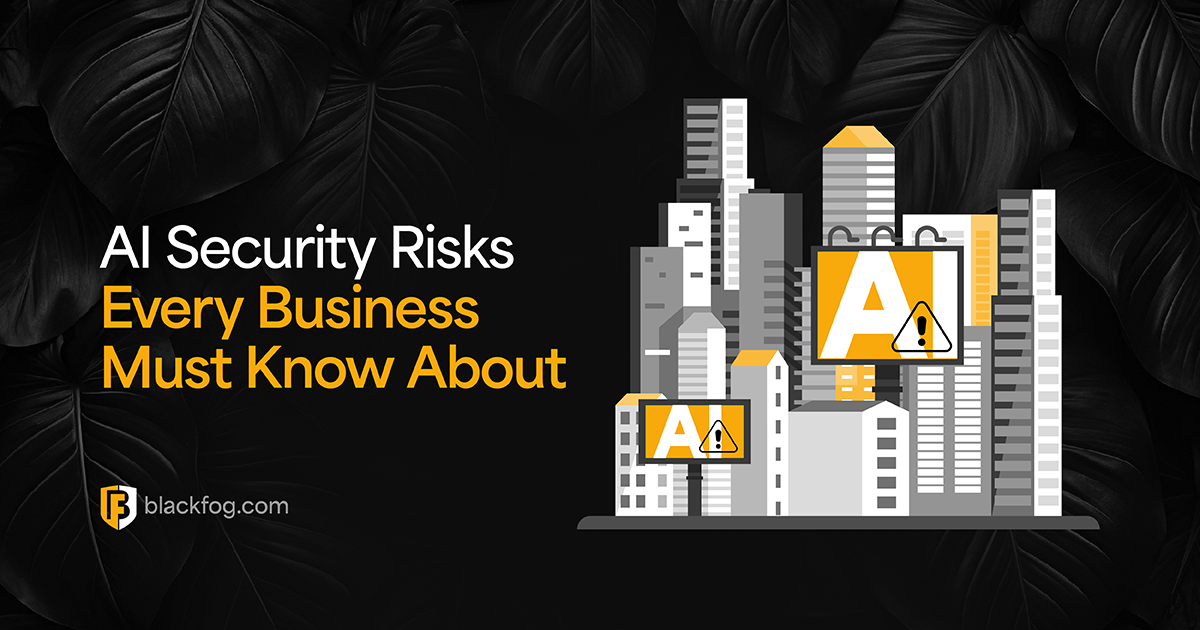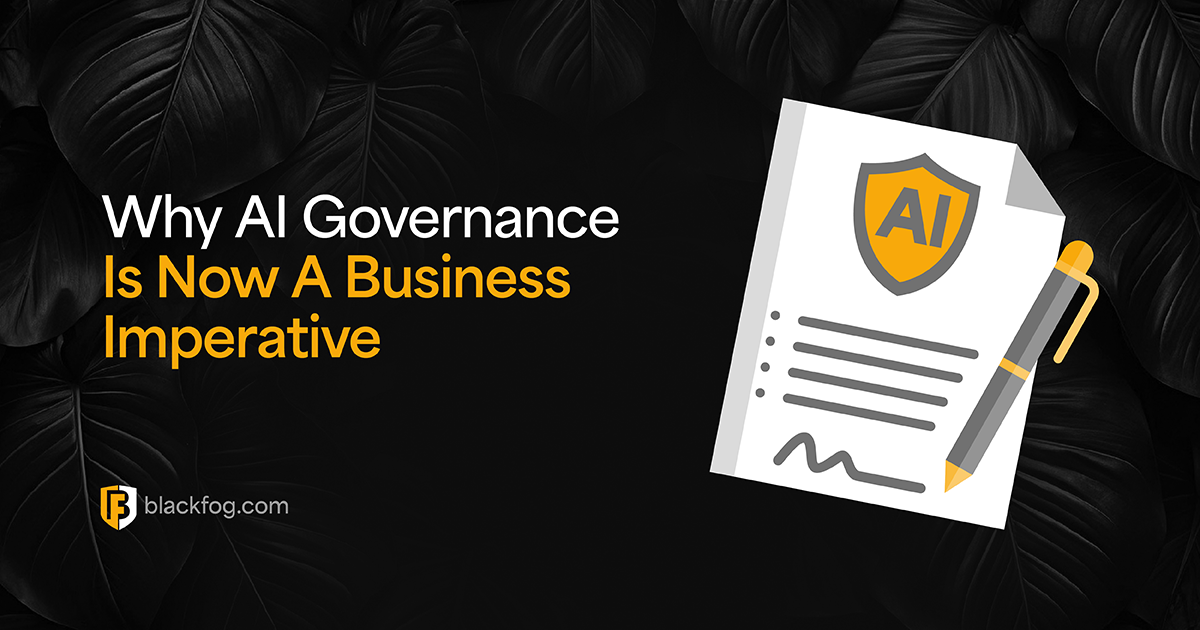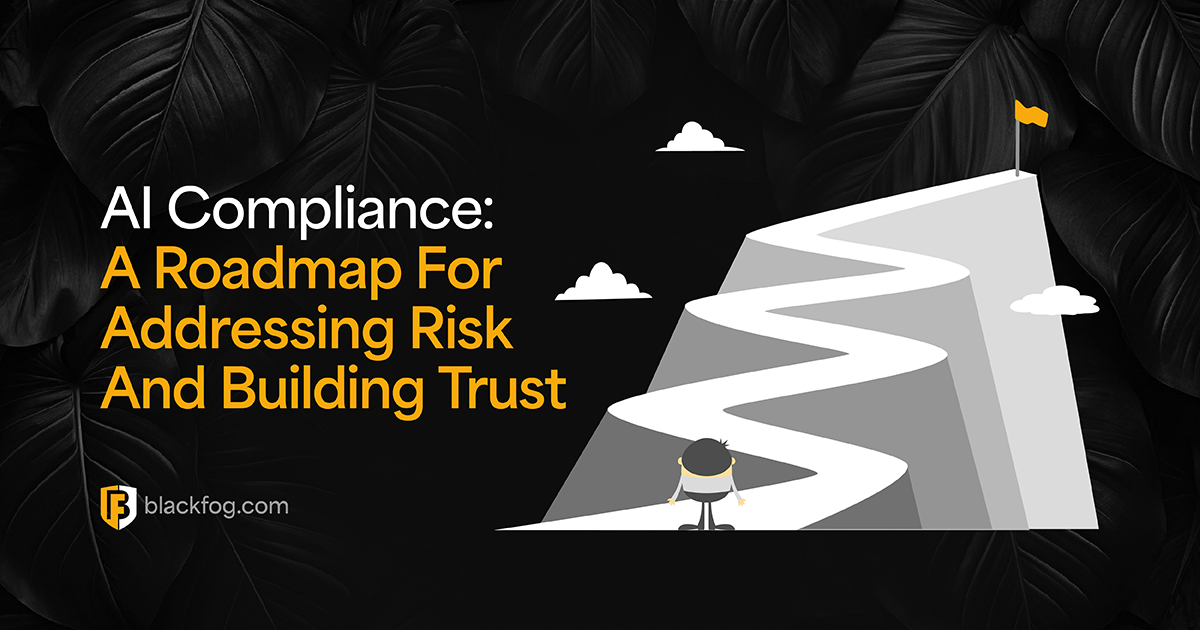
Executive Summary
This white paper could start by reviewing the college that closed permanently after a ransomware attack or the large school district that suffered an incident during a recent holiday weekend. Or it could focus on how critical infrastructure – such as water treatment plants, pipelines, and meat processing plants – are increasingly under attack. We could even comment on the increase in ransom demands.
We are not going to do any of the above—at the beginning of this white paper or anywhere else. While there are important lessons to take from each of these situations, we will leave that analysis to others.
This white paper takes a different approach. It starts by quickly establishing the current context on ransomware before moving into an analysis of where current and best practices diverge. We’ll look at eight areas where many organizations remain susceptible to ransomware attacks, outline new and emerging solutions or approaches that can be used to bolster controls and protections, and offer a report card for self-assessment by organizations. Most report cards are additive (the “better” level also requires the “baseline” controls, and the “best” level requires the controls from all three levels) while two are based on maturity (low, medium, and high).
The first four areas focus on defending against ransomware attacks, the final three focus on recovering after an attack, and the fifth area does double duty for defending and recovering. By the end of this white paper, decision-makers and influencers charged with evaluating and selecting cybersecurity solutions should have a better idea of their organization’s readiness (or not) to counteract ransomware.
KEY TAKEAWAYS
- Ransomware remains a threat—and a growing one at that
Threat actors are evolving their toolkits and playbooks to make ransomware more devastating to victims. Ransomware-as-a-Service (RaaS) and partner-in- crime models, along with greater supply chain specialization, increase the peril. - Metrics for ransomware attacks are both up and down
Some reports on ransomware show a threat with increasing frequency. Others show a downward trend. Sanctions imposed on Russia following its invasion of Ukraine appear to have neutralized the efficacy of Russian-based gangs. - Strengthen defenses against ransomware attacks
If 2022 is a “strategic pause” for ransomware attacks, organizations should increase security posture and decrease threat susceptibility for when ransomware gangs return to crime-as-usual. - Prepare to recover after a ransomware incident
While it is almost certain that every organization will face opportunistic attackers—and perhaps determined ones too—it is not certain that every organization will become a victim of a ransomware incident. But if that does happen, having a response protocol or recovery plan approved by the Board and ready to enact is invaluable. Lay a strong foundation now for recovery, if needed.
This white paper has been prepared by Osterman Research
Share This Story, Choose Your Platform!
Related Posts
AI Data Exfiltration: The Next Frontier Of Cybercrime
How are cybercriminals using AI data exfiltration to enhance their ransomware attacks and what must businesses do to counter these threats?
5 Enterprise Use Cases Where AI Privacy Concerns Must Be Addressed
AI privacy concerns are rising with AI adoption - five use cases highlight the key issues businesses must consider.
What AI Management Really Means For The Enterprise
Ongoing AI management is essential in maintaining compliance in a challenging environment. Here's what businesses need to consider.
AI Security Risks Every Business Must Know About
AI Security Risks are growing as AI embeds in business. What key threats must firms address to stay compliant with data regulations?
Who’s Really In Charge? Why AI Governance Is Now A Business Imperative
Find out why a strong AI governance program will be essential if enterprises are to make the best use of the highly in-demand technology.
AI Compliance: A Roadmap For Addressing Risk And Building Trust
AI compliance is set to be a major focus for businesses in the coming year. Here's what you need to know to make this as easy as possible.

